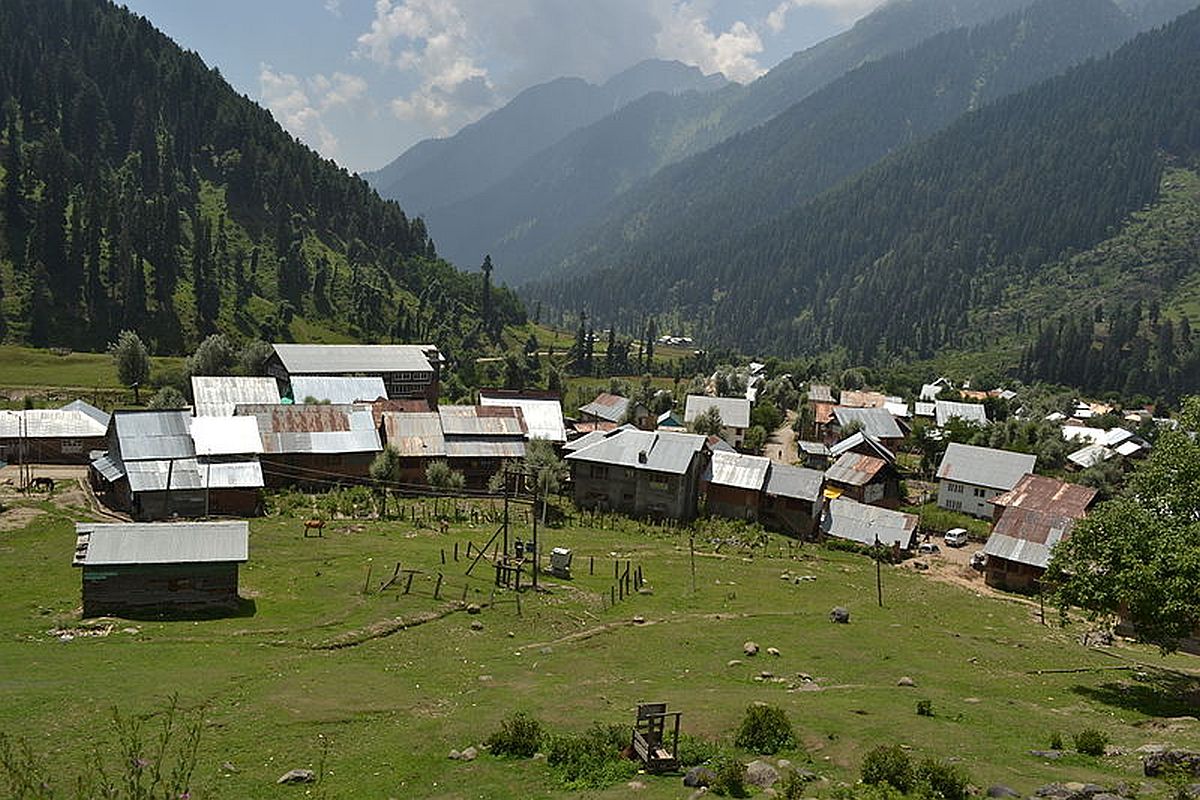In a historic development, Jammu and Kashmir ceased to exist as a state from Thursday and has been officially bifurcated into two Union Territories – Jammu and Kashmir and Ladakh.
The state has been officially divided into the two Union Territories pursuant to the Jammu and Kashmir Reorganisation Bill, 2019, which the government passed in Parliament on August 5.
Advertisement
On August 5, the Centre abrogated Article 370, that gave special status to Jammu and Kashmir.
Girish Chandra Murmu, a former bureaucrat from Gujarat, is to take oath as the first Lieutenant Governor of Jammu and Kashmir UT, while former IAS officer Radha Krishna Mathur will be sworn in as the first Lt. Governor of the Union territory of Ladakh in a simple ceremony at Leh.
The chief justice of the high court Geeta Mittal would administer the oath of office to both Lt. Governors.
The implementation of the Jammu and Kashmir Reorganisation Act, 2019, which got President’s assent on August 9, means the special status enjoyed by Jammu and Kashmir under Article 370 comes to an end after 72 years.
According to the Act, the UT of J&K will have a legislature while the UT of Ladakh will have no legislature.
The provisions which are applicable to “Union territory of Puducherry” shall also apply to the “Union territory of Jammu and Kashmir.
There shall be a Legislative Assembly for the Union territory of Jammu and Kashmir and the total number of seats in the Legislative Assembly of the Union territory of Jammu and Kashmir to be filled by persons chosen by direct election shall be 107.
Twenty four seats in the Legislative Assembly of Union Territory of Jammu and Kashmir shall remain vacant and shall not be taken into account for reckoning the total membership of the Assembly, and the said area and seats shall be excluded in delimiting the territorial constituencies.
The Delimitation of Assembly Constituencies Order, 1995, as applicable to Union Territory of Jammu and Kashmir, shall stand amended.
Seats shall be reserved for the Scheduled Castes and the Scheduled Tribes in the Legislative Assembly of the Union territory of Jammu and Kashmir.
The High Court of Jammu and Kashmir shall be the common High Court for the Union territory of Jammu and Kashmir and Union territory of Ladakh.
Meanwhile, the Union Home Ministry has issued a notification on the reorganisation of “Jammu and Kashmir into the Union Territory of Jammu and Kashmir and the Union Territory of Ladakh”.
The references, by whatever form, of words to the “Government of Jammu and Kashmir”, except where it is otherwise expressly provided, in such law or rules, shall be construed as references to “the Government of Union Territory of Jammu and Kashmir” or “the Administration of Union Territory of Ladakh, the notification stated.
The notification, dated October 30, also clarified that certain central laws and rules made there, which are applicable to the existing state of Jammu and Kashmir, would be applicable to both the union territories.
The Home Ministry said the “State Legislature including Legislative Council of the State” has been abolished and shall from now onwards be construed as “Legislative Assembly of the Union Territory of Jammu and Kashmir”.
Jammu and Kashmir State Goods and Services Tax Act, 2017 has been made applicable to the Union Territory of Jammu and Kashmir and the Union Territory of Ladakh.
However, the Union Territory of Jammu and Kashmir, being a union territory with legislature shall have its own Goods and Services Tax, Act, 2017 whereas the Union Territory of Ladakh, being a union territory without legislature shall be governed by the Union Territory Goods and Services Tax Act, 2017.











